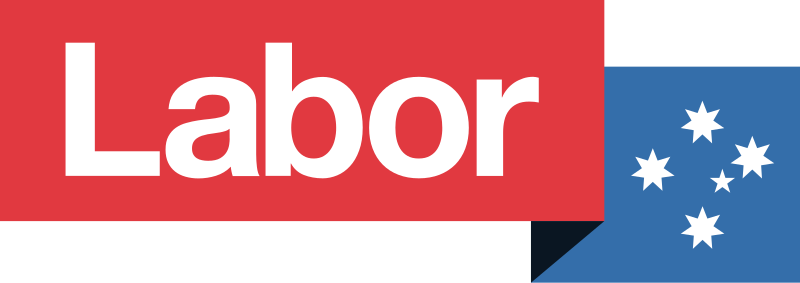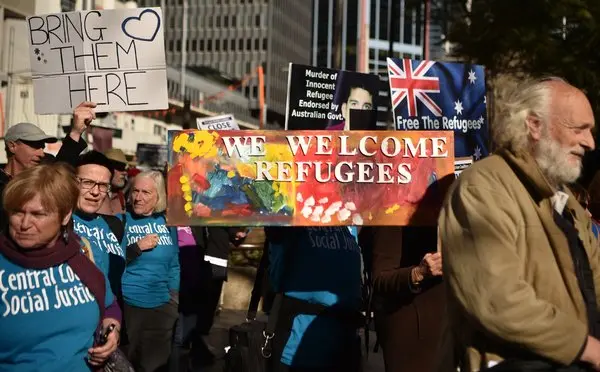Left-Wing Political Parties in Australia: What You Need to Know
The Big Idea in 30 Seconds
- Left-wing parties in Australia believe in fairness, equality, and stronger public services.
- The two major left-wing parties are the Australian Labor Party (ALP) and The Greens.
- They support progressive politics: climate action, social justice, and affordable healthcare and education.
- On the political spectrum, Labor sits in the centre-left; The Greens lean further left, closer to socialism.

What Does “Left-Wing” Mean?
In politics, when people say "left-wing," they usually mean ideas that focus on fairness and equality. Left-wing politics often supports things like higher minimum wages, better public healthcare, and strong protections for the environment.
Think of the political spectrum as a line. On the far left, you have socialism, where most things are publicly owned. On the far right, there's more focus on individual responsibility and less government involvement. Most left-wing parties fall somewhere between the centre and the far left, depending on what they support.
In Australia, two left-wing political parties stand out: The Australian Labor Party and The Greens. Let’s break them down.
The Australian Labor Party (ALP): Centre-Left and Proud
A Quick Background
The ALP is Australia's oldest political party. It started in the 1890s as a party for workers and unions. Since then, it has grown into one of the two major parties in the country.
Labor sits on the centre-left of the spectrum. That means it’s left-wing, but not extreme. It supports capitalism but wants to make it fairer. Labor governments have introduced key social policies like Medicare, the public healthcare system, and expanded access to education.
Nick Dyrenfurth’s A Little History of the Labor Party gives a simple, clear look at how the party began and what it stands for.
Policy Focus
Labor supports:
- Strong public healthcare and education
- Workers’ rights and better wages
- Climate action, though more slow and steady
- Social reforms like marriage equality and anti-discrimination laws
The ALP tries to balance social fairness with economic growth. That’s why it often appeals to a wide range of voters—from union workers to urban professionals.
Leadership
Many Australians will know former Labor leaders like Kevin Rudd or Julia Gillard. In fact, Gillard—Australia’s first female Prime Minister—shares her journey as a party leader in My Story.
The Greens: Pushing for Big Change
A Party of Principles
The Australian Greens started forming in the 1990s, based on ideas of environmental protection and social justice. They sit to the left of Labor, closer to democratic socialism. That means they support not just managing capitalism but rethinking it.
If Labor is the party of working people, The Greens are often seen as the party of the planet and progressive ideals.
Policy Priorities
The Greens want to:
- Take strong action on climate change (like 100% renewable energy)
- Make university and TAFE free
- Guarantee public housing as a right
- Tax billionaires and big corporations more
- Protect Indigenous rights and push for serious change in the justice system
While they rarely form government on their own, the Greens often hold the balance of power in Australia's Senate. That means they can influence key laws, especially when the major parties need their votes to pass something.

Going Beyond the Environment
Although many people think The Greens are only about climate, their vision is much broader. They believe social and economic fairness goes hand-in-hand with protecting the planet.
This vision is similar to what countries like Norway or Sweden pursue. If you're curious about how “Green” ideas could shape Australia, The Nordic Edge: Policy Possibilities for Australia gives real-world examples of how progressive ideas work elsewhere.
Other Left-Wing Movements in Australia
The ALP and The Greens are the main players, but they’re not alone. Smaller left-wing or socialist groups exist too. These include:
- The Socialist Alliance
- Victorian Socialists
These smaller parties push for more radical change—like full public ownership of services or removing money’s influence in politics. They don’t win many seats, but they do influence conversation and activism.

Labor vs. Greens: What’s the Difference?
At a glance:
| Issue | Labor | The Greens |
|---|---|---|
| Climate Action | Slow but steady changes toward clean energy | Rapid shift to 100% renewables |
| Economy | Support for capitalism with fairness rules | Deep reform, bigger role for public sector |
| Education | More funding, lower costs | Free public schools and universities |
| Healthcare | Strong commitment to Medicare | Expand Medicare to cover more, including dental |
In short, Labor often chooses practical, step-by-step reforms. The Greens aim for faster, more ambitious change.
A Growing Space for Progressives
As young Australians face rising rent, climate anxiety, and job insecurity, more are identifying with progressive politics. That includes support for bold social policies like gender equality, Indigenous rights, and economic reform.
The centre-left and left-wing space is changing. These parties—not only explain the Australia of today, but also help shape what tomorrow could be.
The Bottom Line
Left-wing politics in Australia offers choices. Whether you're drawn to the centre-left Labor Party or the bold vision of The Greens, these parties offer paths focused on fairness, equality, and a shared future.
It's worth paying attention. After all, ideas that push the country forward usually start on the left—before they become the new normal.
And if you’d like a deeper dive, these books are a great place to continue:
- A Little History of the Labor Party by Nick Dyrenfurth
- My Story by Julia Gillard
- The Nordic Edge by Andrew Scott and Rod Campbell
Find your place on the spectrum.
Now that you know the basics of the Australian parties, see where your own views align.
Take the Free Political Test